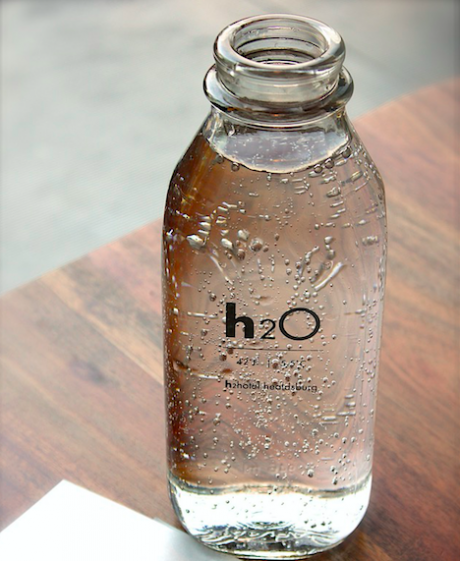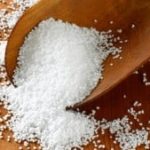
Water and salt: the best supplements in the world
BEST SUPPLEMENT IN THE WORLD
A very common mistake in the training of any athlete is to forget about the fundamental aspect: BODY IN 70% WATER, this apparently simple aspect is forgotten, causing a soft and discharged appearance.
This, accompanied by the elimination of salt from the diet, is the perfect combination to NOT be able to recharge muscle glycogen and have this aspect of filling and stony.
On several occasions, we were able to see how we came to check on competitors that pay little attention to aspects of preparation, regardless of the issue discussed above, WATER IS THE BEST ADDITIVE.

We need to generate this change in consciousness if we are to begin to achieve BIG RESULTS in terms of physical conditions on the platform of natural bodybuilders.
An example that I have been able to experience very often is the physical aspect and firmness after a meal in a meat buffet, where salt is used almost “to failure” because it improves the taste and makes it more delicious.
Paradoxically, in my quest WITHOUT ANY salt, I also tried to eat foods low in sodium, as, like many of you, I thought that “It is unhealthy, degrades appearance and retains fluid.” .

However, the reality is that even people with hypertensive conditions are not instructed to completely eliminate salt from their diet (reduce, NOT eliminate). Of course, “salt is a fundamental mineral” for many of the metabolic reactions that take place in the body, in addition to the fact that many carriers depend on its ability to operate at full capacity.
The “bad” salt paradox would be the equivalent of if, when an obese person is told that eating fewer calories improves their health, they should stop eating in the hopes of achieving “SUPER HEALTH”
What happens is that without the proper supply of salt and water, especially when we talk about athletes performing physical activities that lead to sweating and excretion of sodium, electrolytes, etc. … We will find ourselves in a vicious circle where Muscles always look soft and drained, with lousy pumps and low vascularity.
We need salt to be able to introduce water intracellularly, in addition to carbohydrates. For this reason, when you recharge carbs with or without water or salt, the physical aspects will be completely different.
Water + Salt is a FORMULA for achieving a state of fullness, a state of stony and density, because muscles moisturize and press on the skin, getting an optical effect with fewer body folds and the desired “papery skin” …. Obviously, if our level of body fat is LOW.

It is a very common mistake to think that we are “holding fluid” at the extracellular level when we still have a fold of 10 mm or more, which means that we are not seeing water retention but ordinary fat.
Have you ever asked yourself a question …
Why do we see vascularization on the back of the hand?
The fold of the body in this area of the body is just less than 4 or 5 mm. For this reason, if you want to see veins for EVERYTHING, you will need to reach these body folds, and once you do, do the recharges correctly.
WATER – Salt – CARBOHYDRATES
Don’t logically take this point to the extreme, work on carbohydrate tolerance by being able to handle a ratio greater than fold parity each time, while you increase the amount of water and salt, being able to inject them all where we want without reaching ” soft “appearance. This aspect is very often achieved due to excess consumption of carbohydrates, while our muscle cells and GLUT-4 receptors are not able to capture glucose, assigning this excess to fat cells, giving this aspect “covered”
But it’s very simple, follow these steps:
- Write down the amount of carbohydrates you process in your dressings that give you the feeling of muscle strength, as well as the amount of water and salt.
- Divide this intake into multiple meals (the lower the sensitivity, divide into more meals)
- Try to increase the amounts slightly after each discharge period, increasing the accordion effect and improving muscle filling.
- Since the increase is very gradual, it is usually sufficient to bring the total carbohydrate spread throughout the day to + 20g or + 40g

The recommendation for water and salt intake may depend on many factors such as body weight, physical activity level, ambient temperature and sweating, calorie intake, etc., but in general this can be achieved with 0.6- 0.8 liters and about 0.6-0.8 g of salt per 10 kg of dry matter. ATTENTION we are talking about salt (table salt), not sodium, because, as a rule, 1 g of table salt contains 40-50% sodium. In addition, with water and salt, we do NOT understand that we need to mix it in a glass of water, but in food that provides increased palatability.
In no case should these recommendations replace the recommendations of a medical specialist, but they should be understood as informative information.
Once again … NO BRAIN, NO GETTING MY FRIENDS
